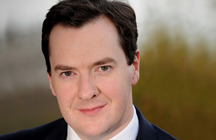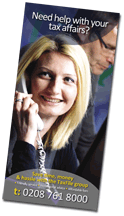Autumn Statement by the Chancellor of the Exchequer
 On 5 December 2013 George Osborne, Chancellor of the Exchequer, gave his Autumn Statement in Parliament. Key announcements included:
On 5 December 2013 George Osborne, Chancellor of the Exchequer, gave his Autumn Statement in Parliament. Key announcements included:
- A rise for the Personal Allowance, as was long-anticipated, to £10,000 in 2014/15;
- the higher 40% tax rate threshold also increasing to £41,865;
- A new, transferable, tax allowance of £1,000 for married couples and those in civil partnerships from April 2015;
- For employees aged under 21 employers will not have to pay Class 1 National Insurance (‘NI’) Contributions on earnings up to the Upper Earnings Limit;
- Capital Gains Tax (‘CGT’) for future gains will now also apply to NON-resident individuals from April 2015 (previously this had been applied only to UK resident landlords);
- For 2014/15 the annual ISA subscription limit will increase to £11,880 (of which £5,940 can be in cash);
- There were also announcements relating to the continuing clamp-down on tax avoidance, improvements and plans for UK infrastructure, and the proposed inheritance tax (‘IHT’) simplification for trusts.
The full speech transcript can be read here or alternatively view the following video recording: Read more


 If you are one of London’s 165,000 employers, you only have a matter of
If you are one of London’s 165,000 employers, you only have a matter of